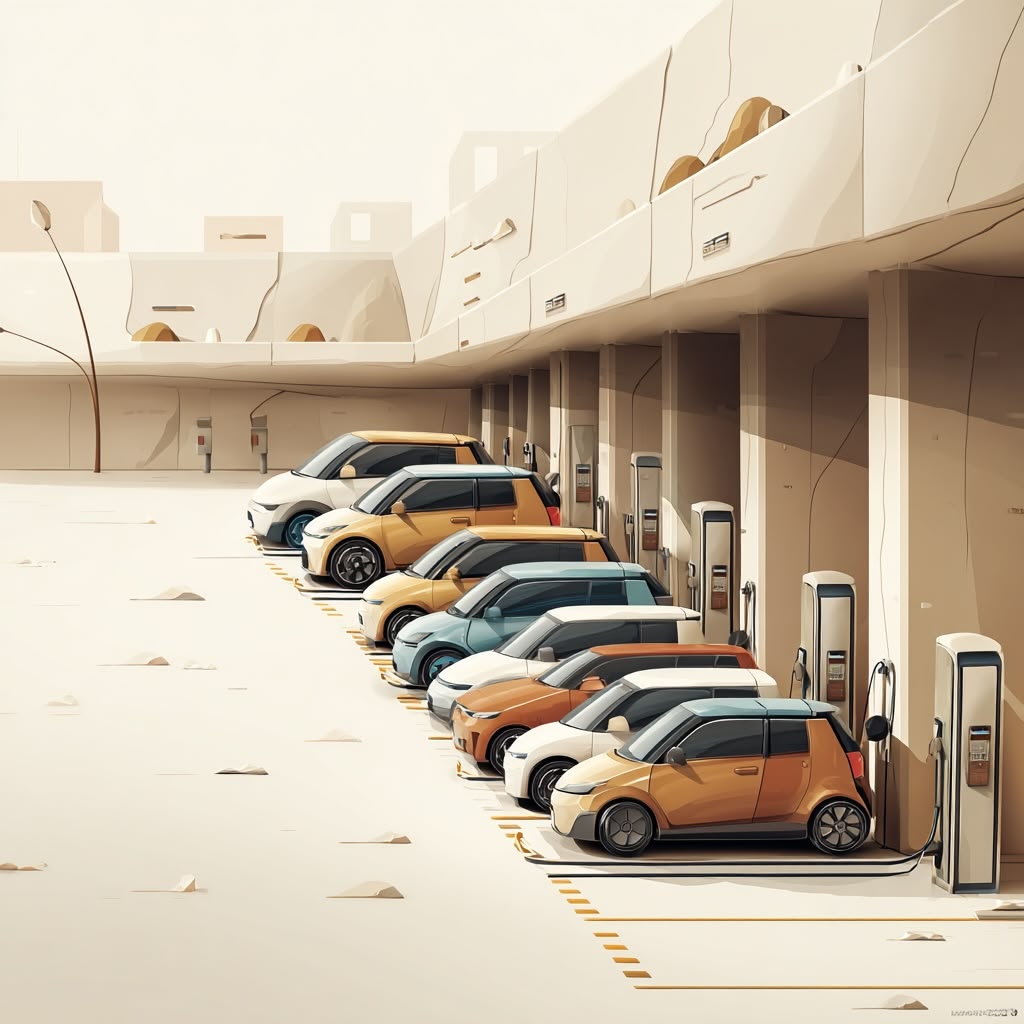EMSC
Well-known member
I was thinking about how good (or not) auto lithium batteries are a few weeks back when getting new batteries for my off-grid mtn cabin. If one assumes even heavy driving over 8 years to get to 200,000 miles using a typical base Tesla range of say 270 miles per charge implies only ~745 full recharges of the battery to get those miles. Though given various environmental conditions that cars go through and use up battery to 'condition' the battery environment (hot/cold, etc...) even if you up that to ~1,000 recharges is really not a ton of duty cycles. Today's battery chemistries should easily be able to get to that.My car is 5 years old and the battery was warrantied for 8 years/unlimited mileage.
On the other hand, current home based battery systems have switched over to the chemistry known as LiFePO4 (lithium iron phosphate) which has almost no chance of thermal runaway (eg causing fire), and they are also usually rated for ~5,000 to ~7,000 cycles and still have ~80% of the original capacity (typical warranty is 10 years but with at least 15-20 year life expectancy). Unfortunately, the chemistry is slightly larger and heavier than the lithium Ion batteries used in autos, thus why they are not used in cars.
.webp)
